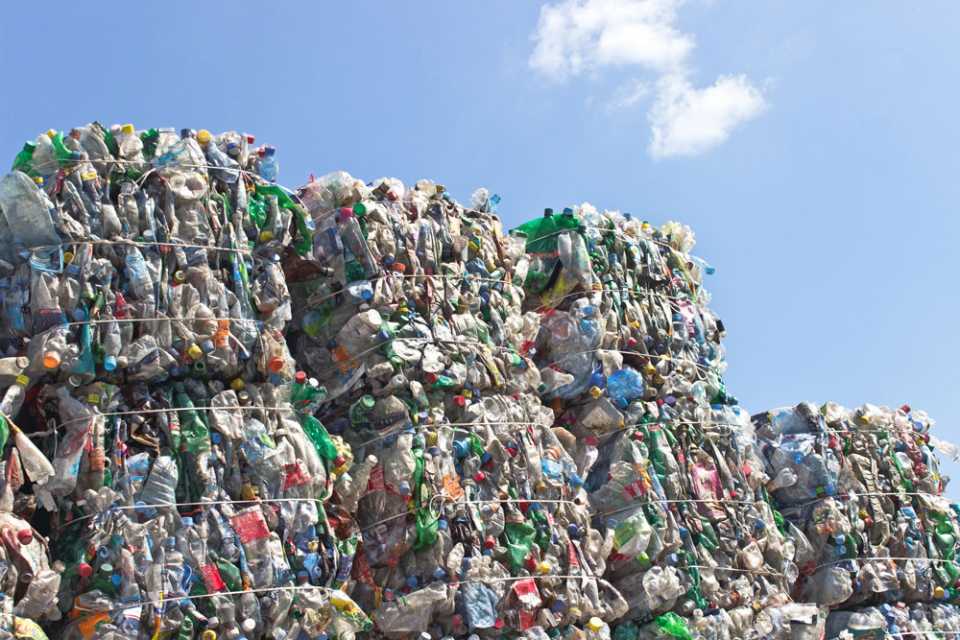Cambridge researchers convert plastic into sustainable fuels

Researchers from the University of Cambridge have developed a system that can transform plastic waste and greenhouse gases into sustainable fuels.
The system, which can convert two waste streams into two chemical products at the same time – has been achieved in a solar-powered reactor.
The reactor converts carbon dioxide (CO2) and plastics into different products that are useful in a range of industries. In tests, CO2 was converted into syngas, a key building block for sustainable liquid fuels. The system can easily be tuned to produce different products by changing the type of catalyst used in the reactor.
“Converting waste into something useful using solar energy is a major goal of our research,” said Professor Erwin Reisner from the Yusuf Hamied Department of Chemistry, the paper’s senior author. “Plastic pollution is a huge problem worldwide, and often, many of the plastics we throw into recycling bins are incinerated or end up in landfill.”
“A solar-driven technology that could help to address plastic pollution and greenhouse gases at the same time could be a game-changer in the development of a circular economy,” said Subhajit Bhattacharjee, the paper’s co-first author.
“We also need something that’s tuneable, so that you can easily make changes depending on the final product you want,” said co-first author Dr Motiar Rahaman.
The researchers developed an integrated reactor with two separate compartments: one for plastic, and one for greenhouse gases. The reactor uses a light absorber based on perovskite – a promising alternative to silicon for next-generation solar cells.
The team designed different catalysts, which were integrated into the light absorber. By changing the catalyst, the researchers could then change the end product. Tests of the reactor under normal temperature and pressure conditions showed that the reactor could efficiently convert PET plastic bottles and CO2 into different carbon-based fuels such as CO, syngas or formate, in addition to glycolic acid. The Cambridge-developed reactor produced these products at a rate that is also much higher than conventional photocatalytic CO2 reduction processes.
The research was supported in part by the European Union, the European Research Council, the Cambridge Trust, Hermann and Marianne Straniak Stiftung, and the Engineering and Physical Sciences Research Council (EPSRC), part of UK Research and Innovation (UKRI). Erwin Reisner is a Fellow of St John’s College, Cambridge.



